It’s Groundhog Day. Again. With the Delta variant raging, we’re seeing the return of a number of trends that make it feel like it’s March 2020 all over again, such as a run on toilet paper.
We’re seeing reports that stores are once again running low on America’s favorite disposable personal hygiene material. Last year, we recommended purchasing a bidet sprayer, which leaves you cleaner and lets you get by with much less toilet paper.
As it happens, Gaia’s Garden (one of the community’s top picks for the best survival and prepping books) lists 20 plants suitable for use as toilet paper:
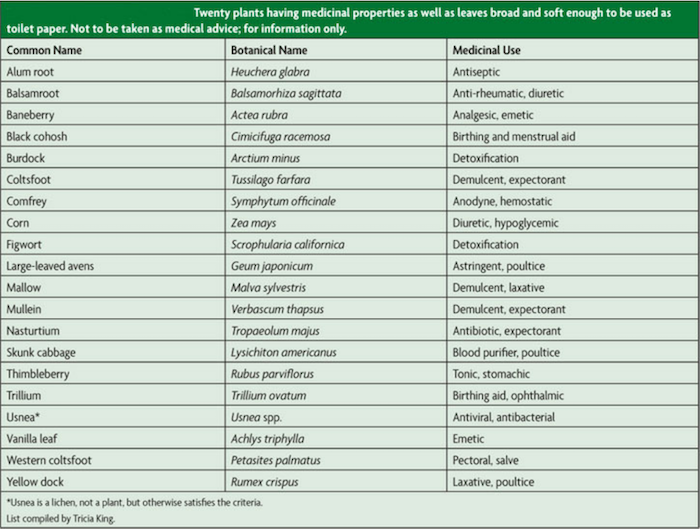
Which got us thinking. Anything you can grow yourself is theoretically an indefinite resource and a wonderful prep — so is it worth planting certain things that can be used as toilet paper?
Summary:
- The two best plants to grow for toilet paper are mullein and lamb’s ear.
- Both plants are easy to grow and hardy.
- Mullein has a long history of wiping. It’s also called cowboy or miner toilet paper.
- Mullein is especially beneficial. It improves soil, has many medicinal properties, and can be used for torches and candles.
- You can direct sow mullein outside this fall.
- Check local laws before planting mullein or lamb’s ear, because they are regarded as invasive in many places.
- Corn, cabbage leaves, and grape leaves are also useful for toilet paper and make great survival crops.
- Have a plan in place to dispose of the used leaves, like burial or composting.
A false start and plant criteria
Unfortunately, a little digging proved that the list in Gaia’s Garden is flawed. Some of the plants are highly toxic, like baneberry, and aren’t something you want to rub against a mucous membrane. Burdock has large stickers that are a pain to pick off your clothes, and that you surely don’t want near sensitive areas. It turns out skunk cabbage is called that because…it smells like a skunk. Not something you want to rub on your skin. Many of these plants are wild and difficult to grow intentionally.
So we had to go back to square one, but we were still intrigued by the idea.
We had some pretty basic criteria for our plants:
- Big, soft leaves
- Grows easily and quickly in a wide range of climates
- Potential for other uses, such as medicine or food
- Perennial or self-seeding (so you don’t have to redo it every year)
- Non-toxic
- Grows year-round
Finding plants that meet all of these conditions was a surprisingly tall order! For instance, one of the most promising plants in the Gaia’s Garden list was comfrey. Comfrey is a favorite among permaculturists as a living mulch because it’s nitrogen-fixing and practically invasive. Unfortunately, the folks at the Permies forum point out that comfrey is abrasive and irritating, and recent research shows that it might actually be carcinogenic.
After some research, we settled on two plants that are ideal: Mullein, which has a long history of being used for toilet paper, and lamb’s ear. There are also some desirable food crops that can double as toilet paper.
Mullein, a favorite of cowboys and miners
Mullein is my top pick for toilet paper plants, and it might be one of the best survival plants you can grow. It’s also known as “cowboy toilet paper” or “miner’s toilet paper” because of how popular it was for wiping in the 19th century. It grows prolifically — up to six feet tall — and its long, soft, fuzzy leaves make for a great wiping.
Mullein thrives in poor soils, and will even grow in gravel piles. It’s a nitrogen fixer, which means it pulls all-important nitrogen out of the air and puts it into the soil. It also breaks up compacted soils, so it’s a great all-around soil improver.
Mullein also has many medicinal properties. Traditionally, it’s made into tea or smoked to relieve respiratory infections. It’s also steeped into oil for ear infections. The leaves or mullein oil infusions are also used topically for a variety of skin conditions.
That’s not all! Mullein is also useful for torches and candles. Roman soldiers would take the dead plants and dip the seed head in grease or wax to make torches. The leaves can be used as candle wicks.
Native Americans and settlers would line their shoes with mullein to insulate their feet and relieve foot pain.
Growing mullein
First, make sure that growing mullein is legal in your area — many states regulate it as an invasive plant.
Mullein can be grown from seed, and the seeds are cheap. There are two recommended ways to start mullein from seed. The first is to sow them directly outdoors in the fall. Mullein seed does well when it’s stratified — exposed to cold for a time — so fall is the ideal time to direct seed. Otherwise, you can start the plants indoors in the spring and transplant them.
Mullein is heat and cold-tolerant, and it performs well in many types of soil. But it likes full sun and drier soil, so keep that in mind as you sow your seeds.
Mullein is a biennial, which means it flowers every other year. Expect the plant to stay close to the ground the first year. In the second year it will shoot up and produce flowers and seeds. It’s both perennial and self-seeding, so once it’s established, you should have plenty.
Lamb’s ear
Lamb’s ear is often confused with mullein because they’re both very similar, hardy, and drought-tolerant. But lamb’s ear tends to stay closer to the ground, making it a great ground cover. Like mullein, lamb’s ear is considered invasive in some places.
Lamb’s ear is commonly propagated by root division (dig up plants and move them elsewhere). But if you don’t have any to start with, you can start them from seed in the spring and transplant them where you want them.
Lamb’s ear also has antimicrobial properties and is effective against antibiotic-resistant Staphylococcus aureus.
Food plants for toilet paper
There are three survival crops that also double as toilet paper:
- Corn: Corn isn’t the easiest thing to grow, but dent corn is an excellent survival crop, especially if you have a large field to grow it in. It’s high in calories and has many uses. The husks make excellent toilet paper, and dry corn cobs have been used historically for wiping.
- Cabbage: A great survival crop for fall and winter, the large outer leaves are great for wiping. Many other brassicas, like broccoli and cauliflower, produce large outer leaves as well.
- Grape leaves: The Ancient Greeks supposedly wiped with grape leaves. We don’t know if that’s true, but grape leaves are large and non-toxic (they’re edible). Grapes aren’t especially easy to grow, as they need a trellis and take years to get established. Nurseries and stores like Tractor Supply sell easy-to-grow varieties in the spring, or you can opt for muscadine grapes from a place like Ison’s Nursery. If you have an existing barbed-wire fence, it makes an easy trellis for grapevines. Simply transplant them into the fence row.
Dealing with the aftermath
Let’s say you’ve planted mullein and lamb’s ear, you’ve done your business, and…now what? You don’t want to flush leaves and corn cobs down the toilet.
The easiest way to dispose of it is to bury it, ideally downhill and far from water sources. Check local laws to make sure you’re not breaking any of them.
Another alternative is to compost it but composting poop isn’t for the faint of heart. Check out Joseph C. Jenkins’s The Humanure Handbook.
Forum thread: Sanitation when the grid/water is down
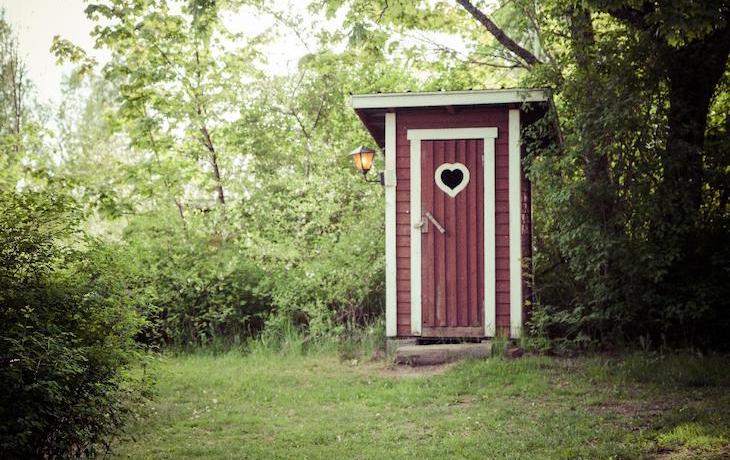
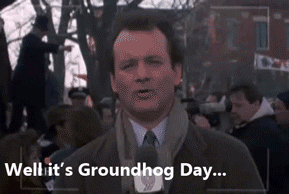
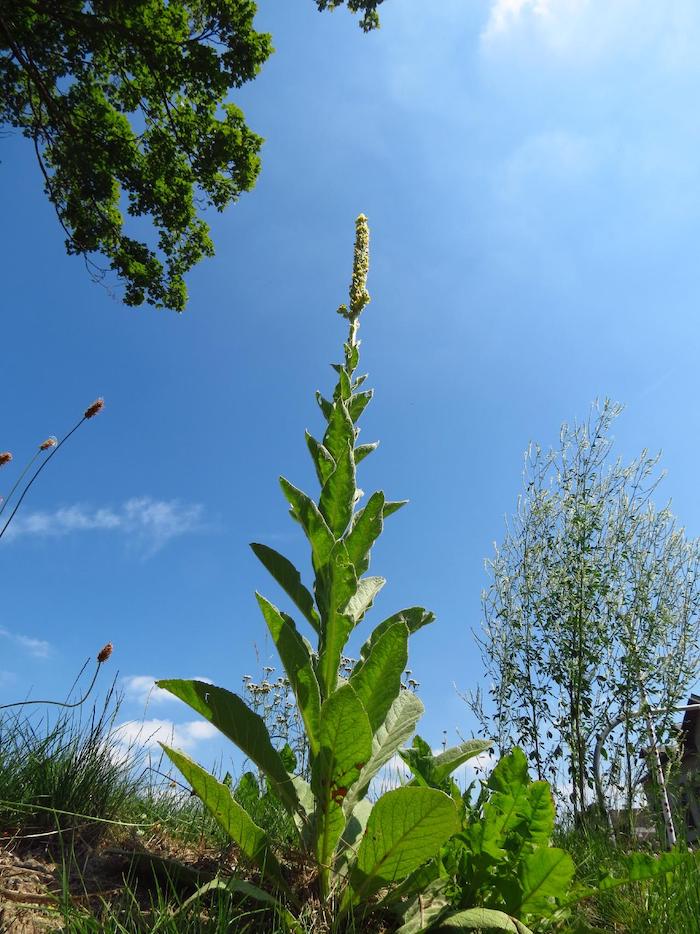
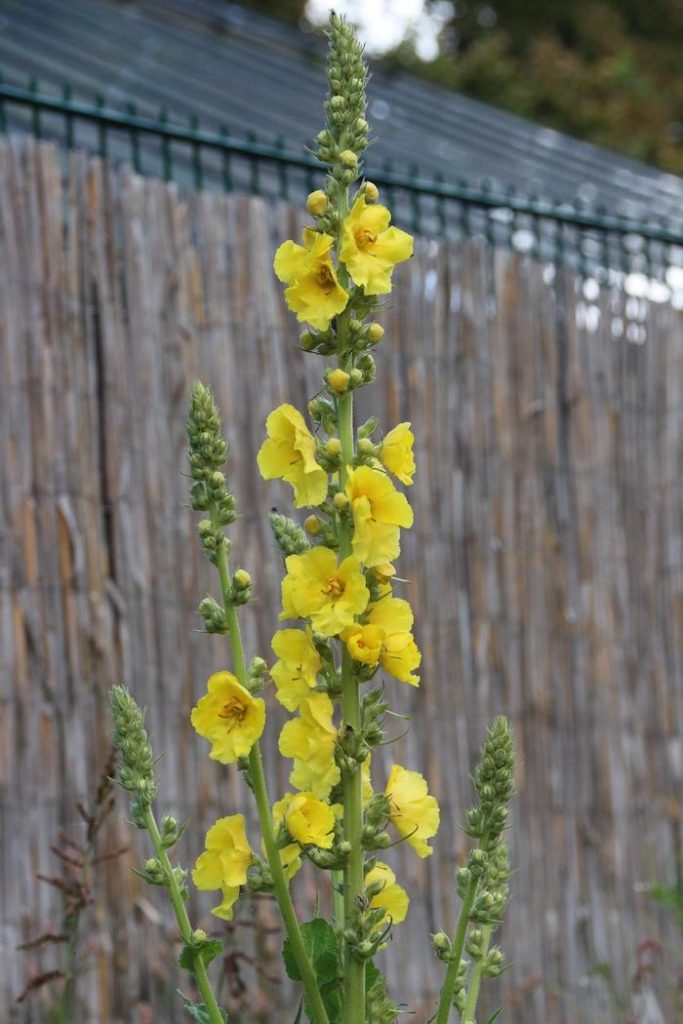
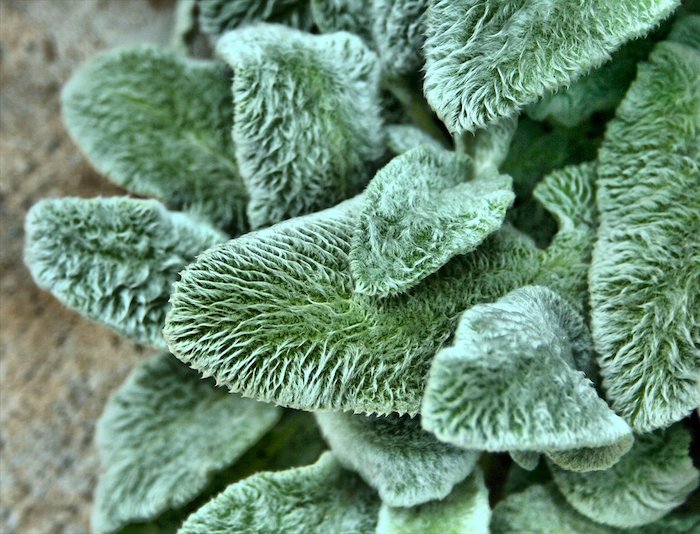
You are reporting the comment """ by on